Jason Goodwin: 'He looked at the window display and, suddenly, he shrieked "Elgar! That’s my bust!'"
Our Spectator columnist extolls the country adventure, reminiscing about how one taken by his friends inspired him to take one of his own to Winterborne Tomson.
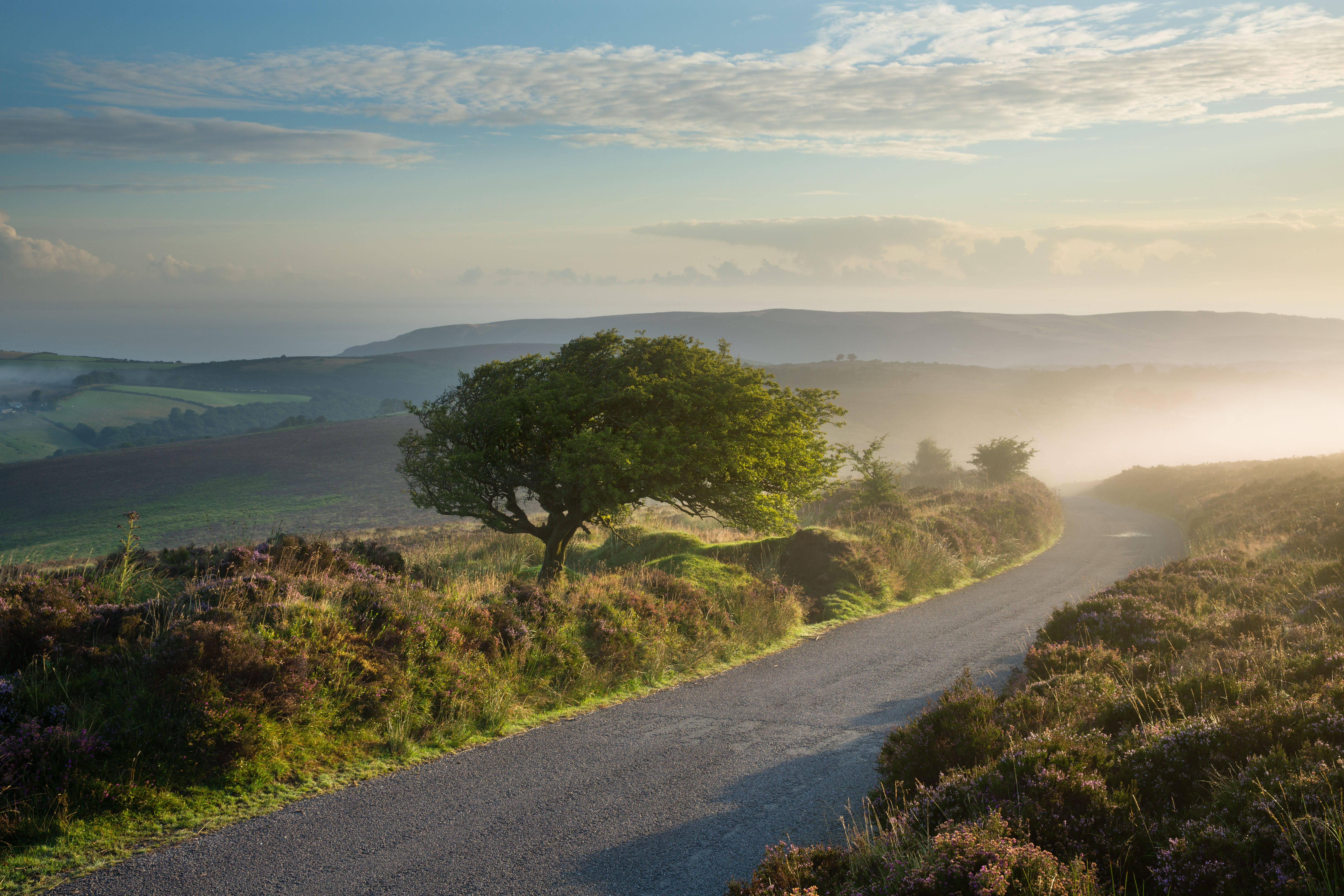
It was one of those golden evenings on which the sea and the sky blend, without a horizon, and boats float in mid-air like a Chinese scroll painting. We were having tea with friends. Another guest was a sculptor, prompting our hostess to tell us about a marble bust of Elgar that she and her former husband had once had in the garden. It stood on top of the wall and, one day, it disappeared.
The place then was an art school, full of sensibility and temperament, and now and then the two of them found they needed to bunk off for a day or two, leaving the students and teachers to their own devices. On this occasion, they had no particular destination in mind and just drove away, picking a route at random. At every turning, they chose whether to go left or right, as the spirit took them.

It was winter and, soon after dark, they found themselves coming through the Wiltshire Downs into Marlborough. The husband suggested they look for somewhere to stay. They parked and began to wander through the town, stopping to peer into the windows of an antique shop. She peered in at the junk in the back as he looked at the window display and, suddenly, he shrieked: ‘Elgar! That’s my bust!’
'I turned off the main road the very next day and had An Adventure, like a child climbing through the back of a wardrobe.'
And there it was. There could be absolutely no doubt about it and the antique-shop people were sorry and horrified. They’d bought the bust in all good faith in a saleroom some time before and had, in fact, just sold it on. The buyers hadn’t collected it yet, so our friends got it back.
That story must explain why I turned off the main road the very next day and had An Adventure, like a child climbing through the back of a wardrobe.
I found a long avenue of limes; they seemed to be a portal into an enchanted country. Here was an old mill by the river, there the rusted gates of a manor house. A slumbering church mingled the scent of lilies with Mr Sheen, all bathed in bank-holiday sunshine. Sometimes, I heard a snatch of the traffic on the big road, but it seemed far away.
Unsuspecting, at random, I followed a track into a farmyard, where a church without a tower was enclosed by a low brick wall. It reminded me of a Sussex shepherd’s church I used to know, with the same rounded apse, the same nub of a tower to hold a bell. This one was a patchwork of warm stone and had three huge tracery windows in its south wall and a single west door of plain, studded oak. I turned the handle and stepped inside.
Exquisite houses, the beauty of Nature, and how to get the most from your life, straight to your inbox.
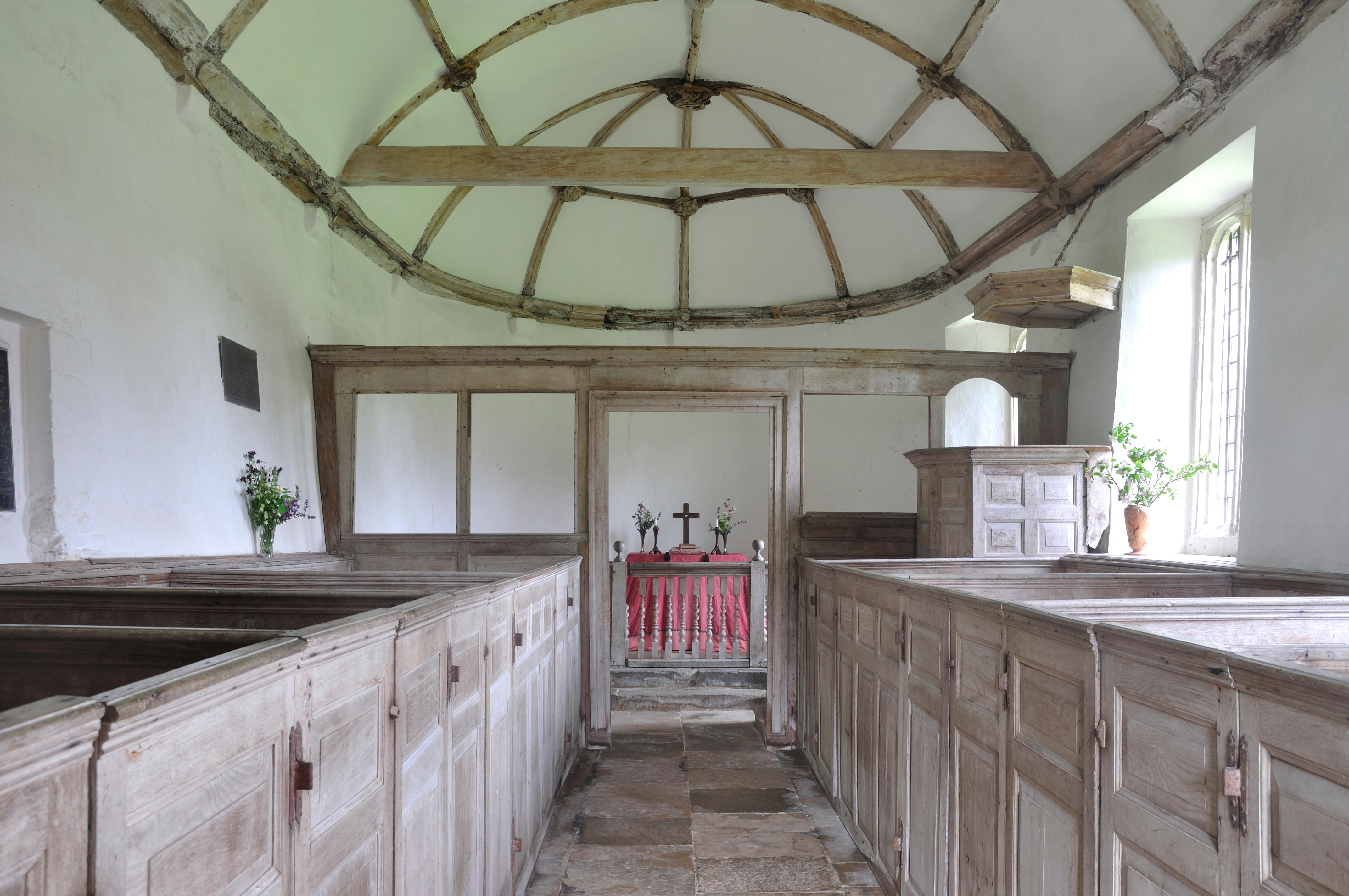
I didn’t exactly caper about like my friend, shouting ‘My bust!’, but I did exclaim as I stepped into this tiny Norman receptacle of sunlight fitted with bleached-oak box pews.
A miniature gallery ran above my head. Pure chance and the altered atmosphere had brought me to Winterborne Tomson, which everyone knows but me. An Archbishop of Canterbury donated the pews. Arthur Powys, of the Dorset literary family, took it under the wing of the Society for the Protection of Ancient Buildings and there was a plaque on the wall to him and his wife. Candida Lycett Green brought The Prince of Wales to see it and he later described ‘the cool, pristine “prayerfulness” of that unearthly place’.
With all that fanfare, I might have been better prepared, but I was happier to stumble on it by chance, like the Elgar bust. It was all very otherworldly, as was the Easter reading still on a lectern, promising paradise on Earth. ‘For, behold, I create new heavens and a new earth,’ God told Isaiah, and pictured it. ‘The wolf and the lamb shall feed together, and the lion shall eat straw like the bullock.

Jason Goodwin: 'On our watch, the natural glories of our island have been atrociously depleted'
Our columnist Jason Goodwin laments the staggering decline of British wildlife and the depletion of our island's natural glories.
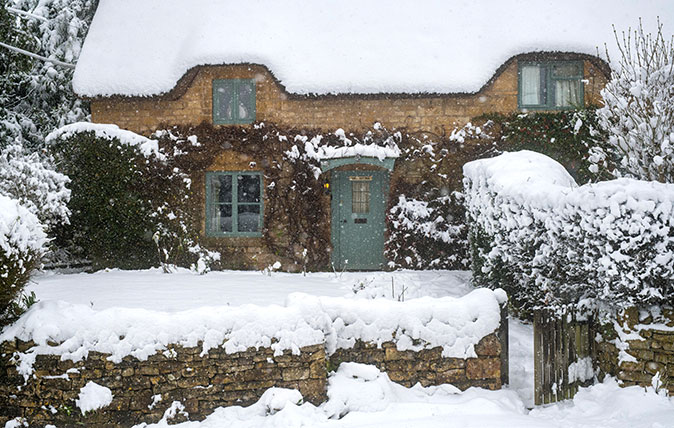
Credit: Tim Gainey / Alamy Stock Photo
Jason Goodwin: ‘The only sounds were the yawning of dogs, the spitting of logs in the fireplace and the occasional papery gulp of somebody turning a page’
Snowed in and without power, Jason Goodwin was left to live a medieval lifestyle that was rejuvenating and romantic... but

Credit: Alamy
Jason Goodwin: How to turn a majestic but unlucky deer into a freezer-full of meals
Our columnist Jason Goodwin makes the most of a bit of A35 roadkill – with a little help from Christian Dior.

Jason Goodwin: ‘The washing-up is being done by a hulking fellow who, moments ago it seems, knelt on a chair at the kitchen table’
Jason Goodwin looks at his nearly-fully-grown children and wonders how it all came to this. (In a good way.)jas
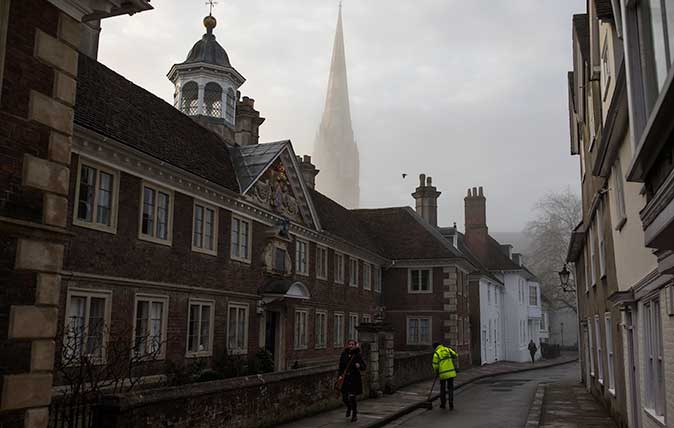
Credit: Getty
Jason Goodwin: 'There was nothing there. The original message from St Petersburg, Sergei’s emails, the thank-you email. All gone.'
Our columnist Jason Goodwin recounts a chilling tale of his own brush with the Russians in Dorset.
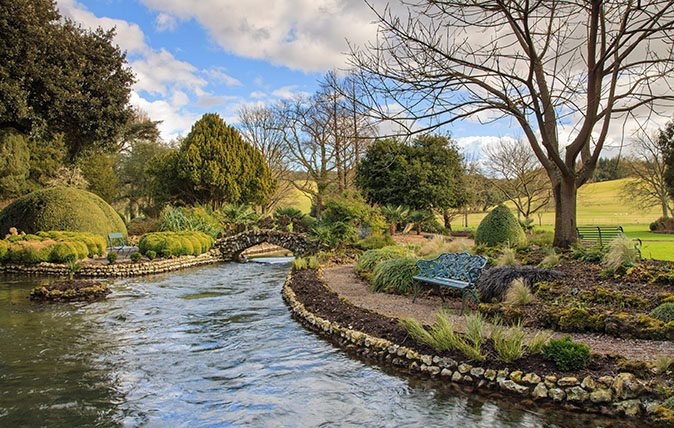
Jason Goodwin: 'The legal and democratic system that flourishes across a third of the world was hammered together on these shores'
Jason Goodwin reflects on the present's increasing ability to reflect on the past, whether through radio programs, photograph albums or

Jason Goodwin: 'I think about it when I’m on the stepladder, reaching out dangerously far to tweak a ripe fig'
Jason Goodwin tells our readers why he's now decided to give a fig about the ancient fruit that's been growing